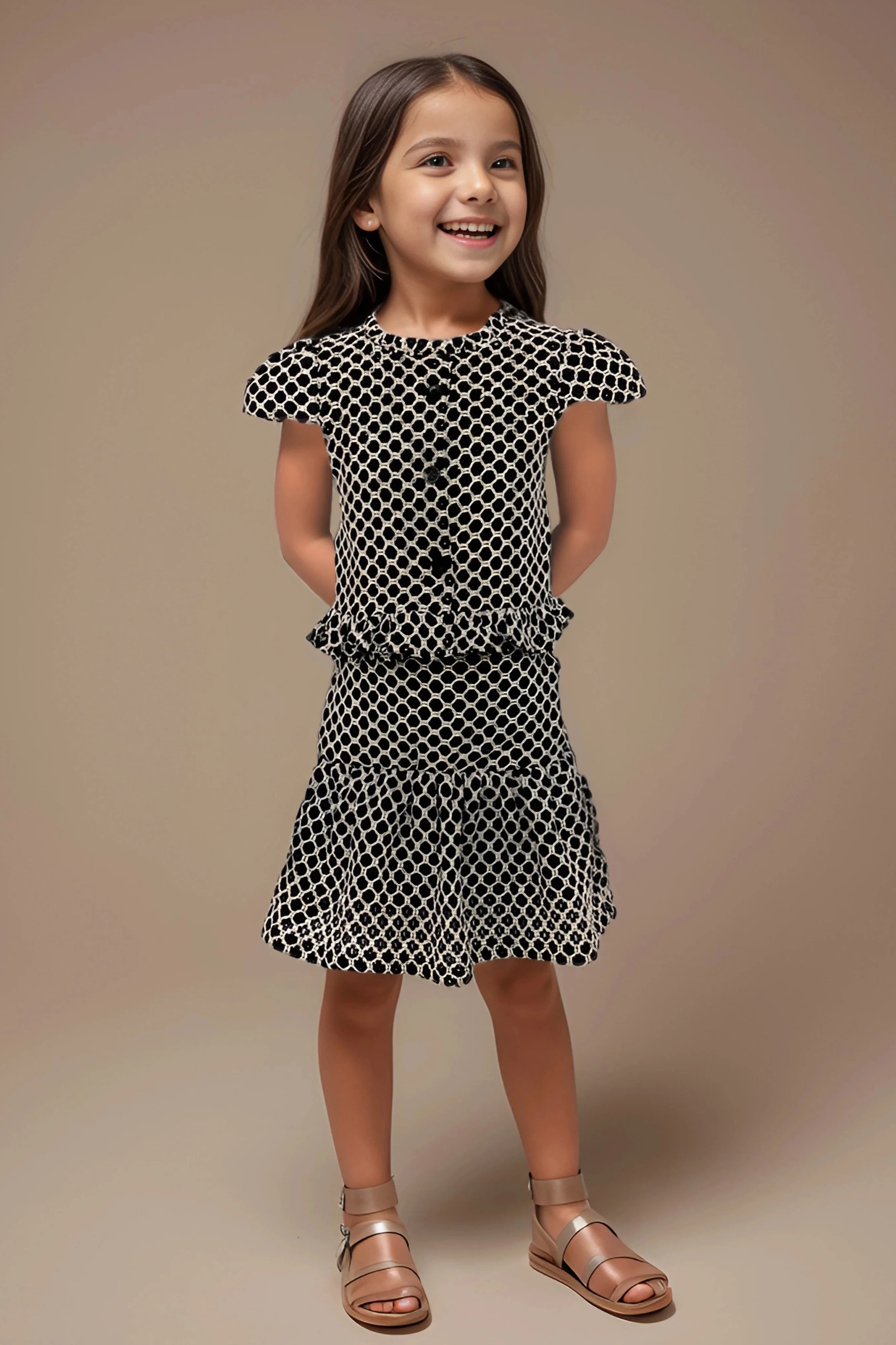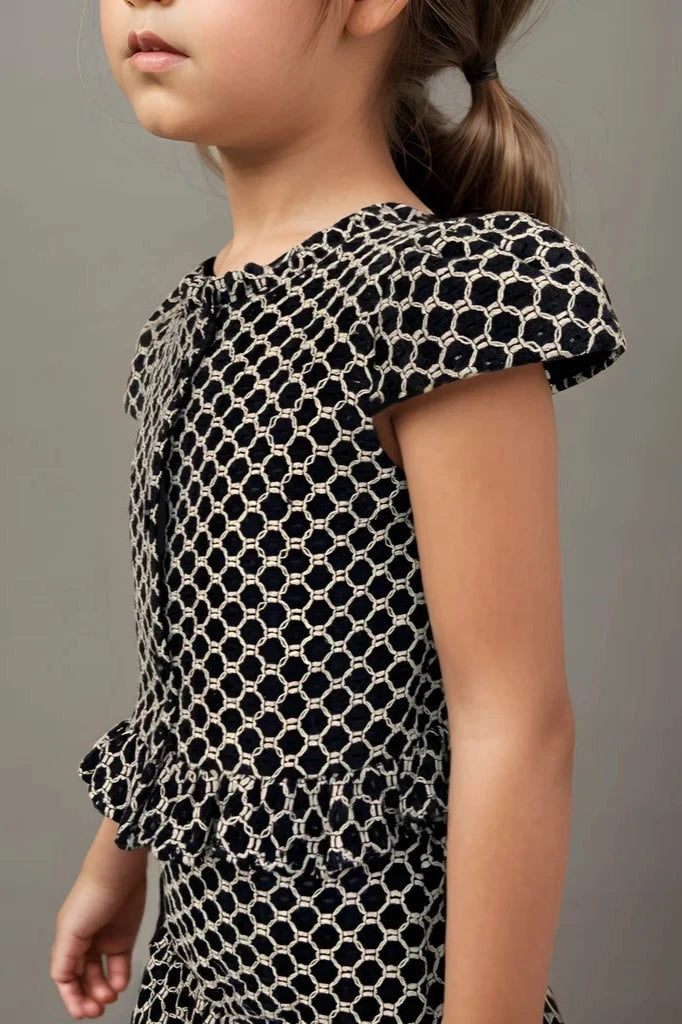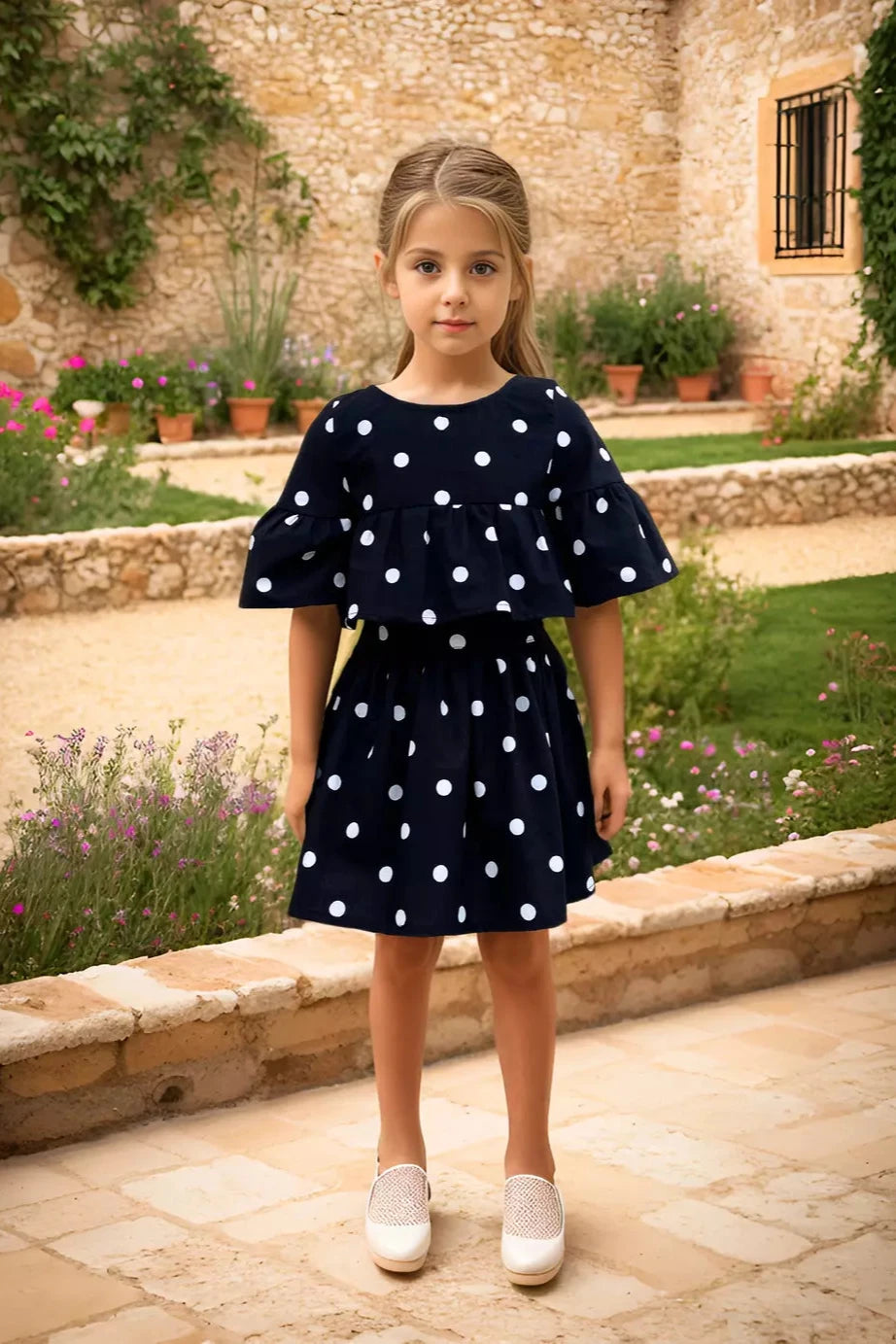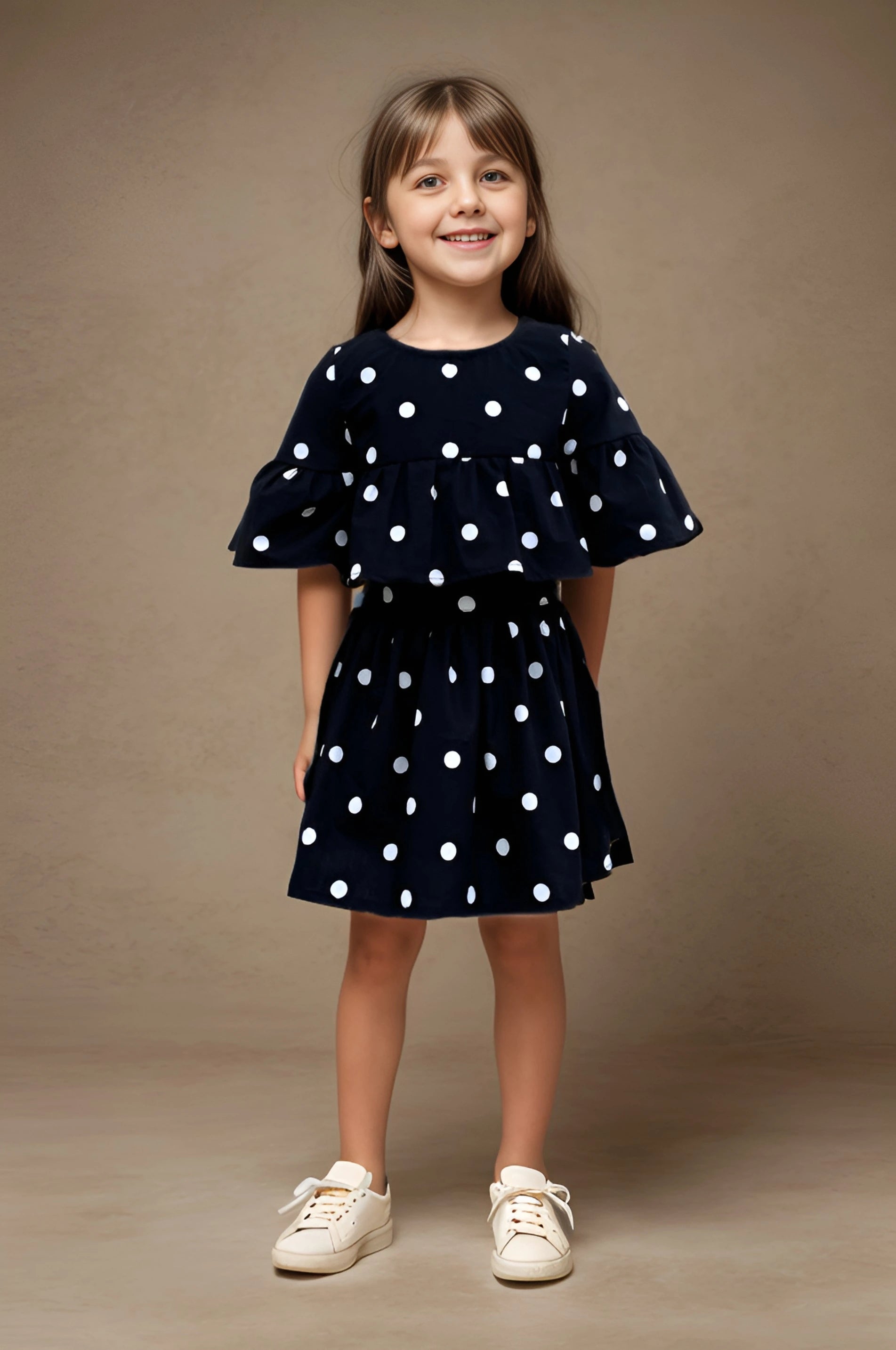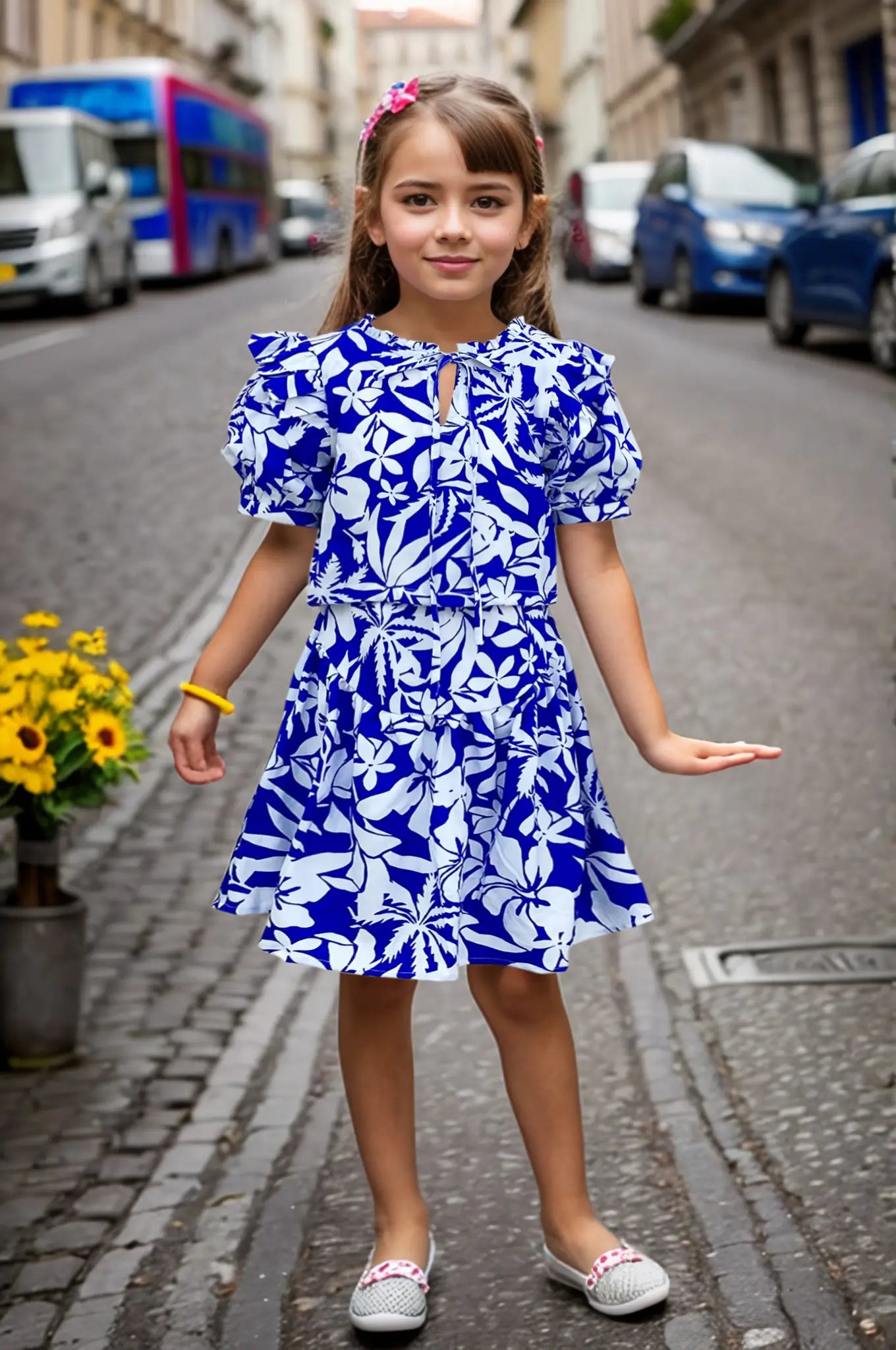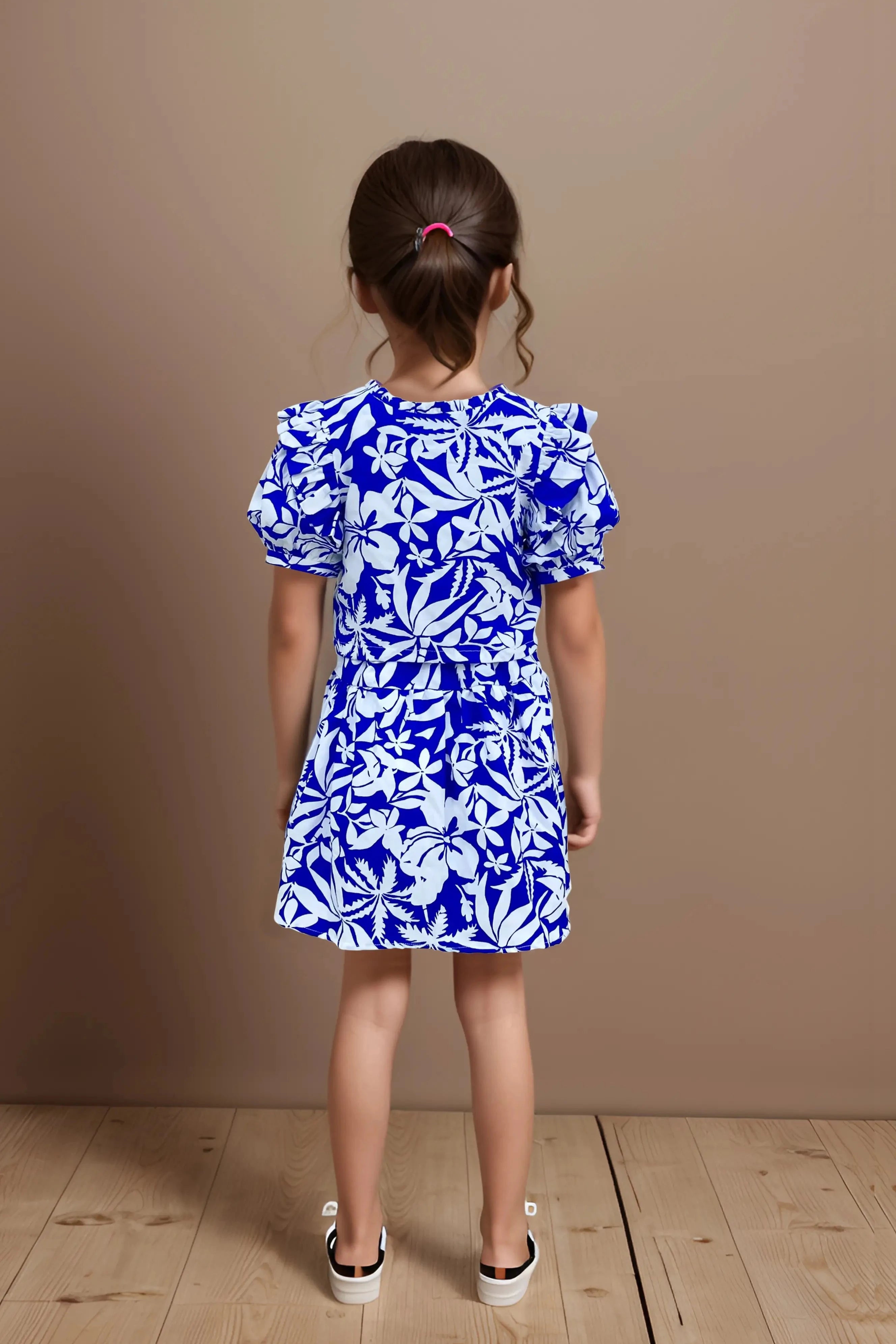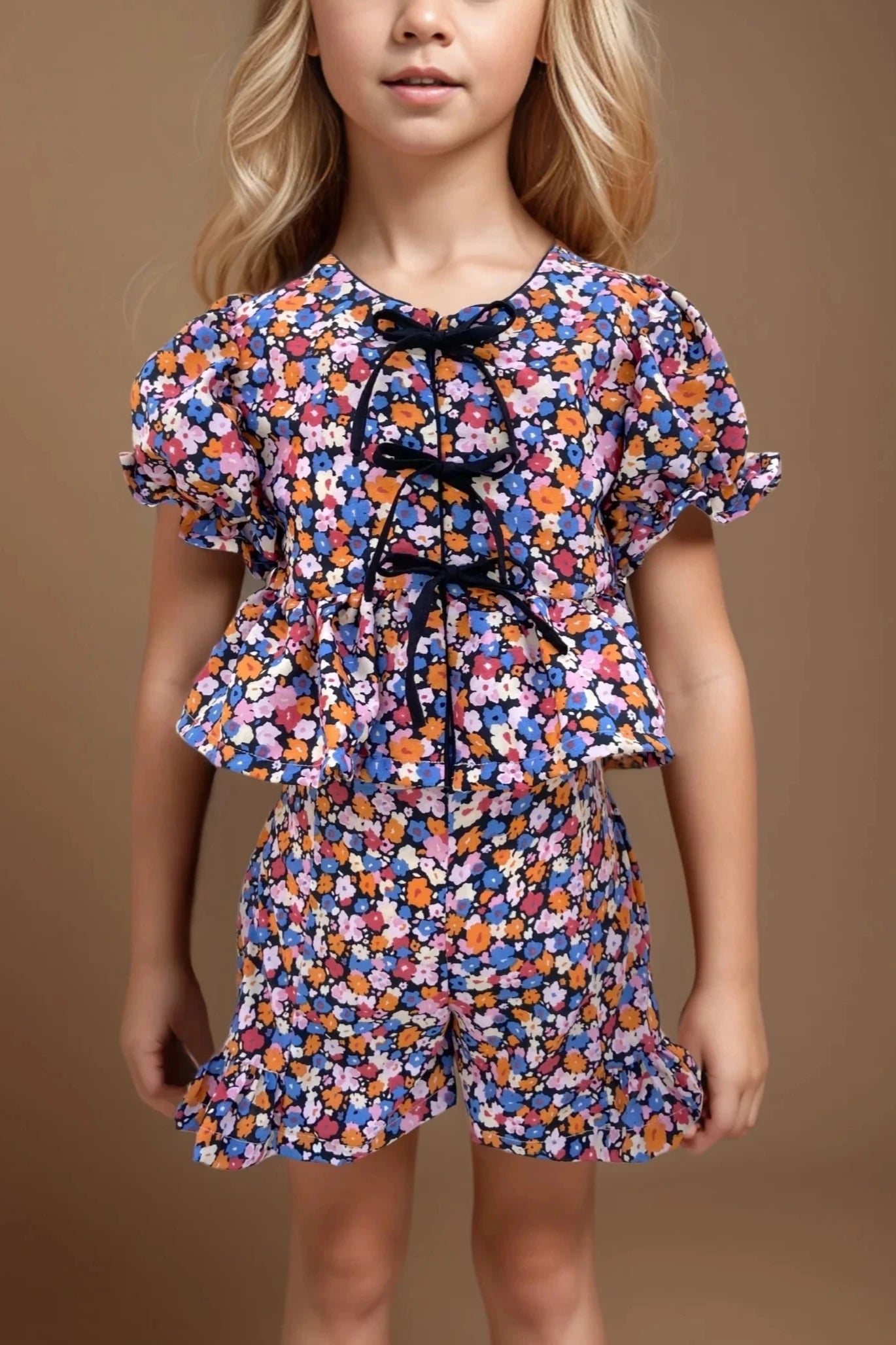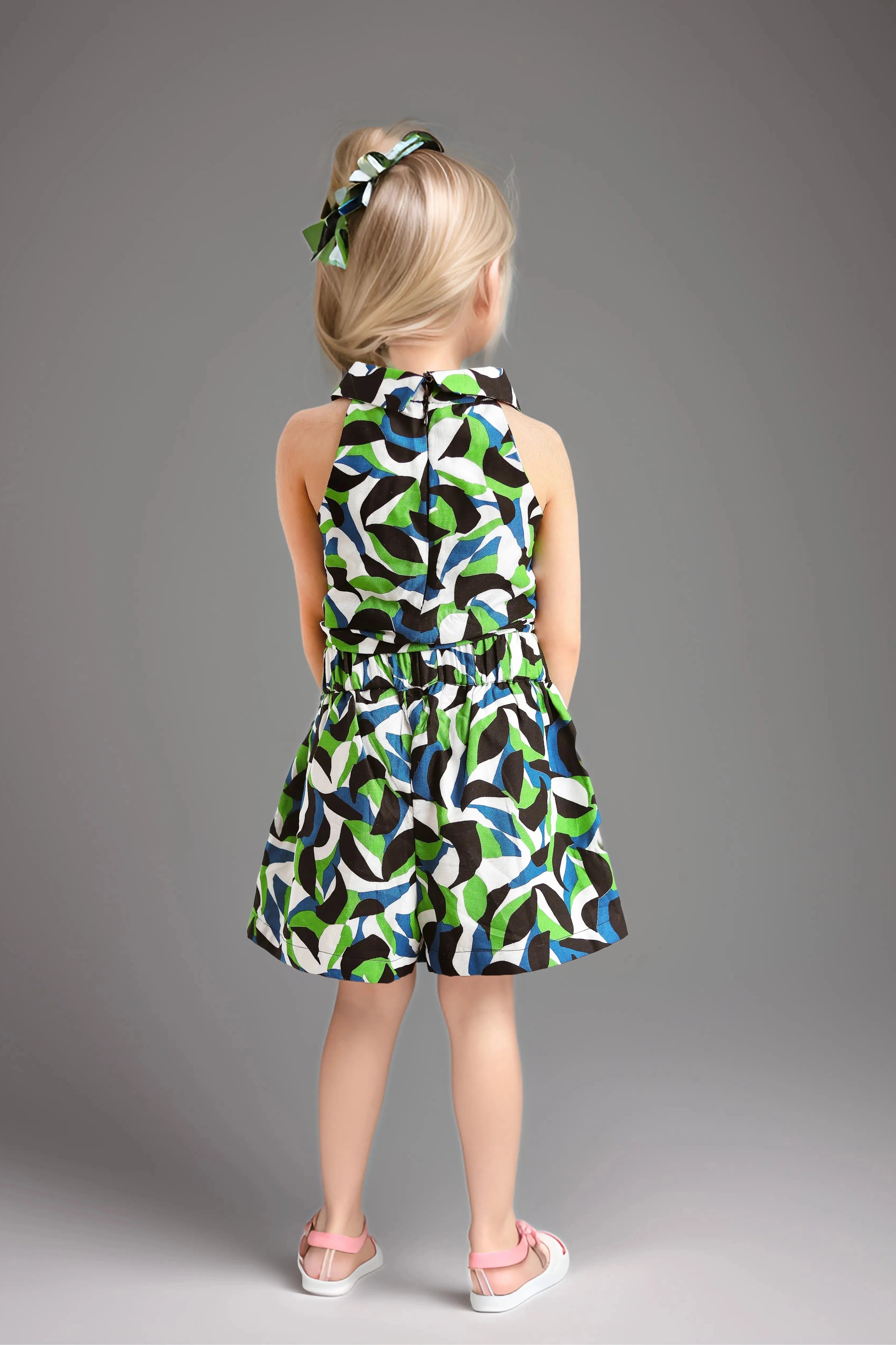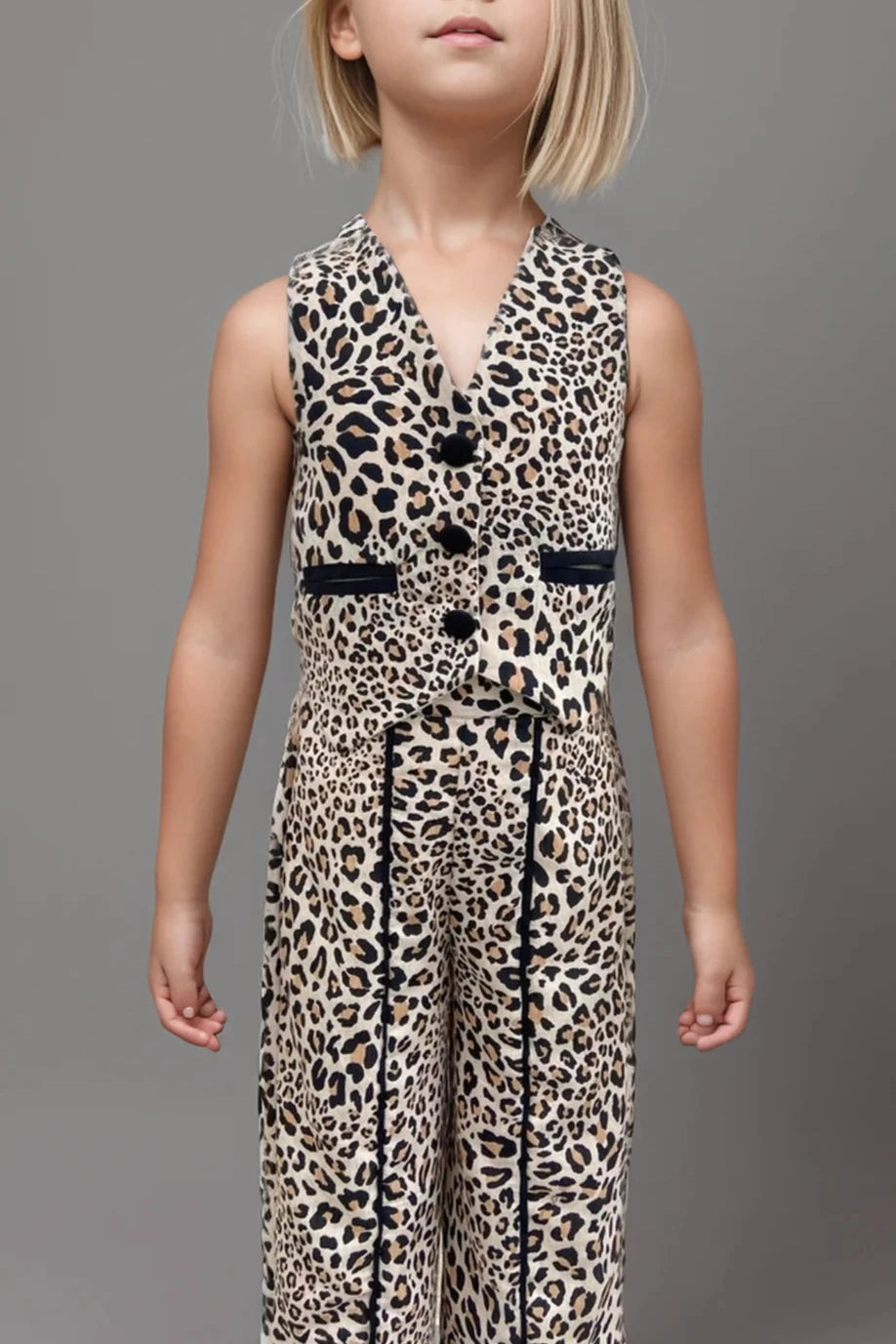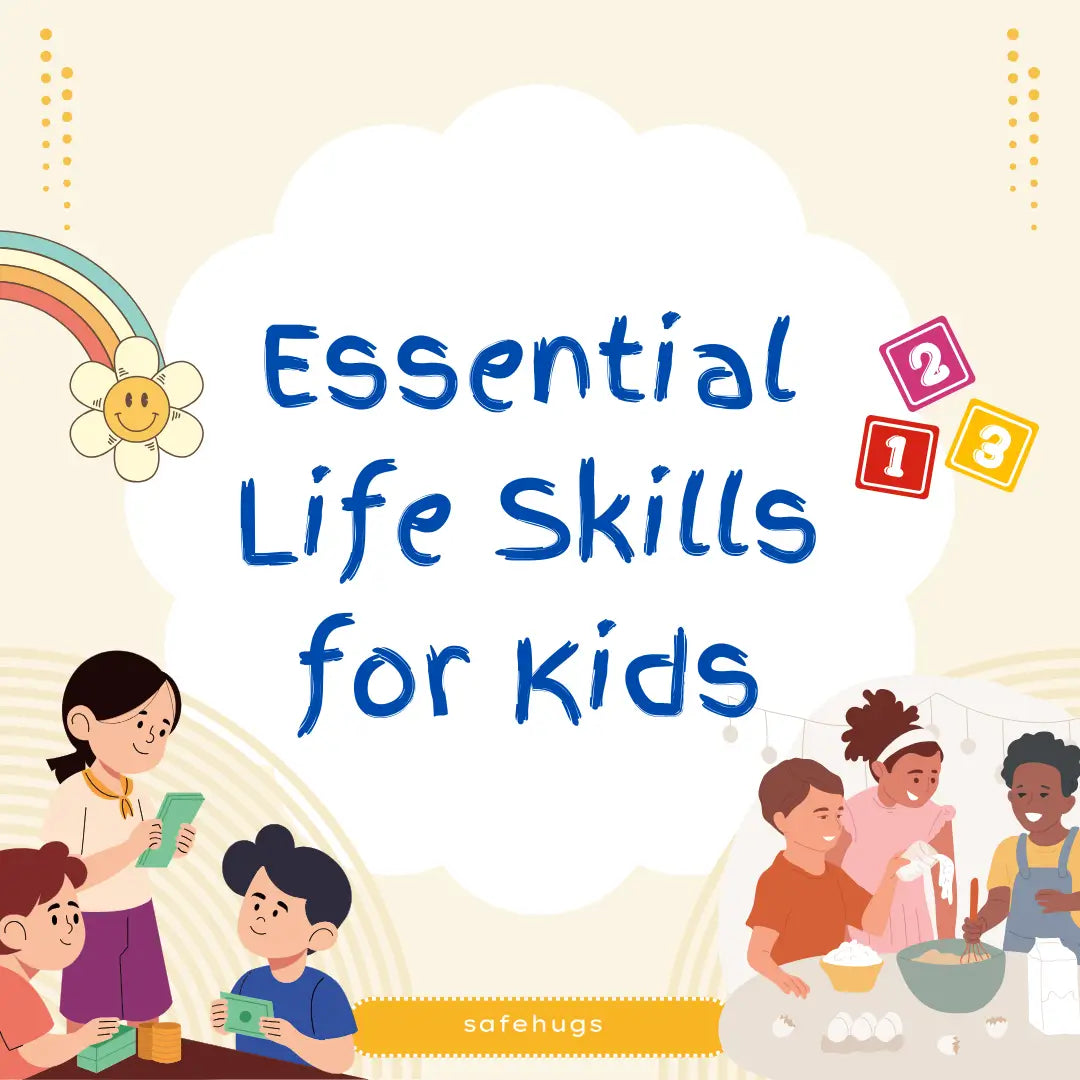Top 20 Nursery Rhymes for Kids with Lyrics & Free PDF
Table of Contents
- What Are Nursery Rhymes?
- List of the Most Popular Nursery Rhymes for Kids
- Best Nursery Rhymes Lyrics
- English Rhymes for Class 1 and Class 2
- Regional Rhymes: Rhymes in Hindi, Tamil, and Telugu
- Themed Nursery Rhymes for Kids
- Fun Activities Using Nursery Rhymes
- Nursery Rhymes Videos and Downloads
- Educational Benefits of Nursery Rhymes
- Common Mistakes When Teaching Rhymes
- FAQs
A comprehensive guide to nursery rhymes, highlighting their educational benefits, popular selections, and cultural variations.
Nursery rhymes have been a cherished part of childhood for generations. From "Twinkle, Twinkle, Little Star" to "Baa, Baa, Black Sheep," these playful tunes do more than just entertain—they help kids develop language skills, improve memory, and boost creativity! But did you know that nursery rhymes also encourage social interaction and strengthen emotional bonding? In this guide, we explore nursery rhymes list, from their educational benefits to the best rhymes for different age groups.
What Are Nursery Rhymes?
Nursery rhymes are short, rhythmic songs or poems that have been passed down through generations. Many of them originated centuries ago as oral traditions and have evolved into the beloved rhymes we know today!
Why Are Nursery Rhymes Important?
-
Boost language development by introducing new words.
-
Enhance memory and recall skills through repetition.
-
Encourage creativity and imagination with engaging stories.
-
Improve motor skills when paired with actions.
-
Teach basic math and counting skills through number rhymes.
Glossary :
Rhymes - They are words with similar ending sounds, often used in poetry and songs to create rhythm and melody.
List of the Most Popular Nursery Rhymes for Kids
These classic nursery rhymes have stood the test of time and continue to be loved by kids worldwide:

1. Twinkle Twinkle Little Star
Twinkle, twinkle, little star,
How I wonder what you are!
Up above the world so high,
Like a diamond in the sky.
When the blazing sun is gone,
When he nothing shines upon,
Then you show your little light,
Twinkle, twinkle, all the night.
2. Humpty Dumpty
Humpty Dumpty sat on a wall,
Humpty Dumpty had a great fall.
All the king's horses and all the king's men
Couldn't put Humpty together again.
3. Jack and Jill
Jack and Jill went up the hill
To fetch a pail of water.
Jack fell down and broke his crown,
And Jill came tumbling after.
Up Jack got and home did trot
As fast as he could caper.
He went to bed to mend his head
With vinegar and brown paper.
4. Baa, Baa, Black Sheep
Baa, baa, black sheep, have you any wool?
Yes sir, yes sir, three bags full!
One for the master, one for the dame,
And one for the little boy who lives down the lane.
5. The Wheels on the Bus
The wheels on the bus go round and round,
Round and round, round and round.
The wheels on the bus go round and round,
All through the town.
6. Mary Had a Little Lamb
Mary had a little lamb,
Its fleece was white as snow,
And everywhere that Mary went,
The lamb was sure to go.
It followed her to school one day,
Which was against the rule.
It made the children laugh and play,
To see a lamb at school.
7. Row, Row, Row Your Boat
Row, row, row your boat,
Gently down the stream.
Merrily, merrily, merrily, merrily,
Life is but a dream.
8. Itsy Bitsy Spider
The itsy bitsy spider
Climbed up the water spout.
Down came the rain
And washed the spider out.
Out came the sun
And dried up all the rain,
And the itsy bitsy spider
Climbed up the spout again.
9. Ring a Ring o' Roses
Ring-a-ring o' roses,
A pocket full of posies,
A-tishoo! A-tishoo!
We all fall down.
10. Pat-a-Cake
Pat-a-cake, pat-a-cake, baker’s man,
Bake me a cake as fast as you can.
Pat it and prick it and mark it with B,
And put it in the oven for baby and me!
For an easy reference, here’s a full A to Z list of nursery rhymes PDF.
Best Nursery Rhymes Lyrics
Nursery rhymes are a timeless and joyful way to introduce kids to rhythm, language, and creativity. They make learning fun, engaging and memorable!

1. Hey Diddle Diddle
Hey diddle diddle, the cat and the fiddle,
The cow jumped over the moon.
The little dog laughed to see such fun,
And the dish ran away with the spoon.
2. One, Two, Buckle My Shoe
One, two, buckle my shoe,
Three, four, knock at the door,
Five, six, pick up sticks,
Seven, eight, lay them straight,
Nine, ten, a big fat hen.
3. Rain, Rain, Go Away
Rain, rain, go away,
Come again another day.
Little children want to play,
Rain, rain, go away.
Teaching Tip: Use flashcards or picture books to reinforce learning.
English Rhymes for Class 1 and Class 2
For school-going kids, rhymes with more structure and rhythm are beneficial:
English Rhymes for Class 1:

1. London Bridge
London Bridge is falling down,
Falling down, falling down.
London Bridge is falling down,
My fair lady.
Build it up with wood and clay,
Wood and clay, wood and clay.
Build it up with wood and clay,
My fair lady.
(Additional verses include materials like silver and gold, bricks and mortar, etc.)
2. If You’re Happy and You Know It
If you're happy and you know it, clap your hands! (Clap, Clap)
If you're happy and you know it, clap your hands! (Clap, Clap)
If you're happy and you know it,
And you really want to show it,
If you're happy and you know it, clap your hands!
Repeat with different actions:
-
"stomp your feet"
-
"nod your head"
-
"shout hooray"
English Rhymes for Class 2:

1. Head, Shoulders, Knees, and Toes
Head, shoulders, knees, and toes,
Knees and toes!
Head, shoulders, knees, and toes,
Knees and toes!
And eyes, and ears, and mouth, and nose,
Head, shoulders, knees, and toes,
Knees and toes!
(Repeat faster each time for a fun challenge!)
2. This Old Man
This old man, he played one,
He played knick-knack on my thumb,
With a knick-knack paddywhack,
Give a dog a bone,
This old man came rolling home.
(Repeat with increasing numbers, e.g., "he played two, he played knick-knack on my shoe...")

Regional Nursery Rhymes List: Rhymes in Hindi, Tamil, and Telugu
Children learn best in their mother tongue. Here are some beloved regional rhymes:
Hindi Rhymes for Kids
1. Lakdi Ki Kathi
लकड़ी की काठी, काठी पे घोड़ा,
घोड़े की दुम पे जो मारा हथौड़ा,
दौड़ा दौड़ा दौड़ा, घोड़ा दौड़ा दौड़ा।
Lakdi ki kathi, kathi pe ghoda,
Ghode ki dum pe jo maara hathoda,
Dauda dauda dauda, ghoda dauda dauda.
(This rhyme is a fun song about a wooden horse, loved by kids for its rhythmic and playful nature.)
2. Machli Jal Ki Rani Hai
मछली जल की रानी है,
जीवन उसका पानी है,
हाथ लगाओ, डर जाएगी,
बाहर निकालो, मर जाएगी।
Machli jal ki rani hai,
Jeevan uska paani hai,
Haath lagao, dar jayegi,
Bahar nikalo, mar jayegi.
(This rhyme teaches children about fish and their life in water.)
Tamil Rhymes for Kids
1. Nila Nila Odi Vaa
நிலா நிலா ஓடி வா,
நில்லாமல் ஓடி வா,
எங்கள் வீட்டு திண்ணையிலே,
ஒரு தட்டு சோறு வா.
Nila nila odi vaa,
Nillamal odi vaa,
Engal veetu thinnaiyile,
Oru thattu soru vaa.
(This soothing rhyme calls out to the moon, inviting it to come and have dinner on the house verandah.)
2. Aadu Paambe
ஆடு பாம்பே, ஆடு,
அழகிய பாம்பே ஆடு,
ஆனந்தம் கொண்டாடு,
அடுத்தவர்களோடு சேர்ந்து.
Aadu paambe, aadu,
Azhagiya paambe aadu,
Anandham kondadu,
Aduhthavargalodu serndu.
(This rhyme is about a beautiful snake and encourages kids to observe nature.)

Rhymes in Telugu
1. Chuk Chuk Railu
చుక్ చుక్ రైలు వస్తుంది,
సిగ్గులు మొగులు పెట్టుంది,
ముందు ముందు పరుగు లేస్తుంది,
పిల్లలు అందరూ సంతోషం!
Chuk chuk railu vastundi,
Siggulu mogulu pettundi,
Mundhu mundhu parugulestundi,
Pillalu andaroo santosham!
(This energetic rhyme is about a train, mimicking the sounds and excitement of a journey.)
2. Enugu Mama Enugu
ఏనుగు మామ ఏనుగు,
ఎక్కి పడా మీద,
చెప్పు చెప్పు చెప్పింది,
చిన్నారి పిల్లల కోసం.
Enugu mama enugu,
Ekki padda meda,
Cheppu cheppu cheppindi,
Chinnari pillala kosam.
(This charming rhyme talks about an elephant uncle and his interactions with little kids.)
Cultural Tip: Encourage kids to sing in multiple languages for better language development.
Themed Nursery Rhymes for Kids
Animal Based Nursery Rhymes for Kids

1. Old MacDonald Had a Farm
Old MacDonald had a farm, E-I-E-I-O,
And on that farm, he had a cow, E-I-E-I-O,
With a moo moo here and a moo moo there,
Here a moo, there a moo, everywhere a moo moo,
Old MacDonald had a farm, E-I-E-I-O.
(Repeat with different animals: pig (oink oink), duck (quack quack), horse (neigh neigh), etc.)
2. Baa Baa Black Sheep
Baa, baa, black sheep, have you any wool?
Yes sir, yes sir, three bags full!
One for the master, one for the dame,
And one for the little boy who lives down the lane.
Nursery Rhymes with Numbers

1. One, Two, Buckle My Shoe
One, two, buckle my shoe,
Three, four, knock on the door,
Five, six, pick up sticks,
Seven, eight, lay them straight,
Nine, ten, a big fat hen!
2. Five Little Ducks
Five little ducks went out one day,
Over the hills and far away,
Mother duck said, "Quack, quack, quack,"
But only four little ducks came back.
(Repeat with four, three, two, one, and then all five return in the last verse.)
Funny Nursery Rhymes for Kids

1. The Silly Little Elephant
The silly little elephant wiggled his toes,
Tried to wear socks but they covered his nose!
He sneezed so hard, he flew in the air,
And landed right on the zookeeper’s chair!
Oh no! Oh dear! What a funny sight!
An elephant wearing socks so tight!
Next time, he said, with a giggle so bright,
I’ll wear them on my feet and not for flight!
2. The Lazy Little Clock
Tick-tock, tick-tock, the clock said “Nope!”
"I'm way too tired, I need more hope!"
So it stretched its hands and closed one eye,
And went to sleep with a big deep sigh!
Wake up, clock! It’s time to chime!
We can’t be late, it’s morning time!
But the clock just snored, "I’ll wake up soon..."
And slept right through till the afternoon!
Fun Tip: Add silly voices or dramatic expressions to make rhymes even more entertaining!
Fun Activities Using Nursery Rhymes
Nursery rhymes aren’t just for singing–they are a fun way to boost learning! These activities help kids develop counting skills, coordination, and language skills while keeping them engaged.
-
Counting Games: Use "One, Two, Buckle My Shoe" or "Five Little Ducks" to teach numbers with flashcards or hopscotch-style play.
-
Finger Play Rhymes: Engage kids with hand movements in "The Itsy Bitsy Spider" and "Five Little Monkeys" to build coordination.
-
Storytelling Through Rhymes: Act out or extend rhymes like "Jack and Jill" to boost creativity.
-
Number Matching: Use "Ten in the Bed" with toys to visualize subtraction.
Interactive activities make learning through rhymes engaging and effective!
Nursery Rhymes Videos and Downloads
Watching nursery rhyme videos can enhance learning. Check out these recommended YouTube playlist for kids.


Tip: Choose age-appropriate videos with colorful animations and clear lyrics.
Educational Benefits of Nursery Rhymes
Nursery rhymes aren’t just fun little songs—they’re a powerful tool for early learning! From boosting language skills to improving coordination, they play a big role in your child’s development. Here’s how:
-
Speech & Language Development – Singing along to rhymes helps kids learn new words, improve pronunciation, and understand sentence flow. The catchy rhythm and repetition make it easy for little ones to pick up language naturally!
-
Cognitive Skills – Remembering rhymes helps build memory and pattern recognition. Kids also learn about rhyming words, sequencing, and storytelling, which lay the foundation for reading and writing.
-
Motor Skills – Many rhymes come with fun actions and hand movements! Finger play songs like “Itsy Bitsy Spider” build fine motor skills, while “Head, Shoulders, Knees, and Toes” gets the whole body moving!
-
Emotional Growth & Social Interaction – Singing rhymes with parents, teachers, or friends boosts confidence and creates a sense of connection. Plus, group singing teaches kids about cooperation, turn-taking, and listening—all essential life skills!
Common Mistakes When Teaching Rhymes
- Singing Too Fast – Children need time to process the words and rhythm. Singing too quickly can make it hard for them to follow along.
Fix: Slow down the pace, especially when introducing a new rhyme. Gradually increase speed once they’re comfortable. - Skipping Actions – Movements make learning more engaging and interactive. Without them, kids might lose interest.
Fix: Incorporate gestures, claps, or dance moves that match the rhyme’s theme to enhance participation. - Not Repeating Enough – Repetition is key to learning. If a rhyme is sung only once, children may struggle to remember it.
Fix: Repeat rhymes regularly in daily routines. Singing the same rhyme multiple times helps reinforce memory and confidence.
By keeping these tips in mind, parents and educators can make nursery rhymes a powerful and enjoyable learning tool for kids.
Nursery rhymes have been around forever, and there’s a good reason why—they make learning fun, easy, and engaging for kids! Whether it’s language, rhythm, or social skills, these little songs do a lot more than just entertain. Start singing today and watch your child’s love for language grow!
Related:
- Check out our blog on Fun tongue twisters for kids in English.
- Check out our blog on Best movies for kids on Netflix, Hulu & Amazon.
- Check out our blog on Bedtime stories for kids.
- Check out our blog on Friendship moral stories in English.
- Check out our blog on Inspiring short stories about honesty.
- Check out our blog on 100+ Fun GK questions for Kids.
FAQ'S
1. Which is the most famous nursery rhyme?
"Twinkle, Twinkle, Little Star" is one of the most famous nursery rhymes, loved for its soothing melody and simple lyrics. It helps children learn rhythm, language, and sparks curiosity about the night sky.
2. What is the oldest nursery rhyme?
"Pat-a-cake, Pat-a-cake, Baker’s Man" is one of the oldest nursery rhymes, recorded in 1698. It remains a favorite for its playful clapping actions and rhythmic repetition.
3. Which is the easiest nursery rhyme for children?
"Baa, Baa, Black Sheep" is one of the easiest rhymes for children due to its short, repetitive lyrics and simple melody, making it ideal for early language development.
4. What are some short nursery rhymes for children?
Popular short nursery rhymes include "Jack and Jill," "Humpty Dumpty," "Hickory Dickory Dock," and "Row, Row, Row Your Boat," all of which help develop language and rhythm.
5. Where can I find English nursery rhyme lyrics for kids?
Nursery rhyme lyrics are available in books, online resources, and educational platforms. Classics like "Twinkle, Twinkle, Little Star" and "Baa, Baa, Black Sheep" are widely accessible for learning and fun.








